“We started behaving like a real F1 team”: Claudio Miranda, Stephen Mirrione, Ben Munro and Lucy Bevan on F1 the Movie
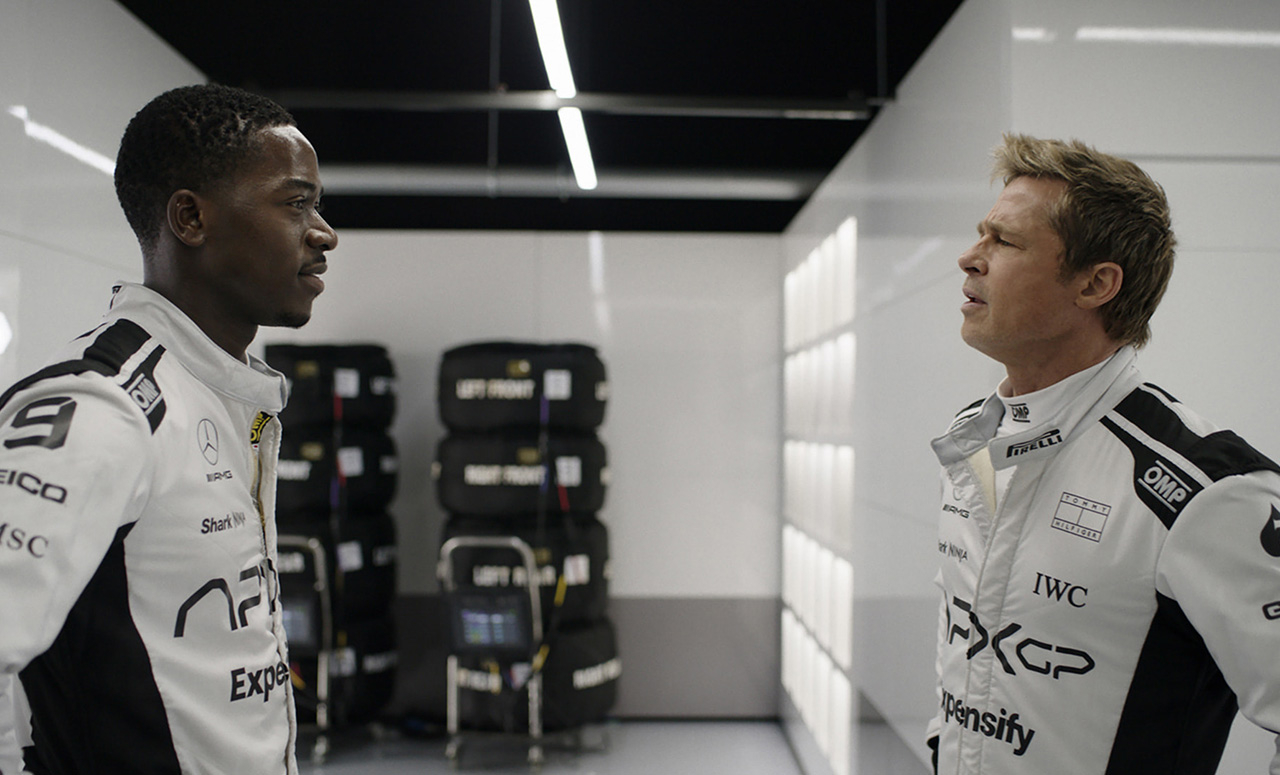
Ahead of the highly anticipated release of F1 the Movie, key members of the creative team – cinematographer Claudio Miranda, editor Stephen Mirrione, production designer Ben Munro and casting director Lucy Bevan – gathered at the Apple flagship store on Regent Street to discuss the relentless focus and unwavering commitment to authenticity that defined the project from start to finish.
Casting, Bevan revealed, began with a major name. “Brad was on board, and then it was my job to cast the rest around everybody else,” she said. The crucial next piece was Damson Idris, playing opposite Pitt. “We auditioned and we auditioned and we auditioned, and Damson did brilliantly.” But acting alone wasn’t enough – he also had to prove he could handle the physical demands. “He did loads of training, loads of practice, and he turned up, and he did really well,” she recalled. Every role was held to the same standard of realism and believability. “There’s no such thing as a small part,” Bevan asserted when asked about the supporting roles. Director Joe Kosinski insisted on rooting the film in racing culture – going so far as to reference Peter Bonington, Hamilton’s senior race engineer from 2013 to 2024, for engineer parts and auditioning real mechanics in actual garages. “We wanted to make it feel as authentic to the world as possible.”
That directive extended to the film’s visual strategy. Miranda explained, “We want this movie to feel real. We want these cars to go 180-plus miles per hour.” Standard trailer rigs weren’t sufficient. Instead, Sony developed 21 cameras capable of withstanding G-forces and maintaining focus at speed. This, Miranda noted, marked a clear departure from his previous project, Top Gun: Maverick, where actors didn’t actually fly in formation: “The difference here is that they actually had to drive the car.”
Editor Mirrione described a process unlike any he’d encountered before. “The preparation was enormous, and the windows for when you could shoot were really tiny.” Using detailed storyboards as a base, he and his team created “storyboard cuts” in pre-production. But the real magic came from integrating actual race footage. He stated, “We had 5000 hours of the season; I was just so spoilt with my B-roll.” Every cut was geographically precise, carefully tracking cars around corners with real-world consistency. “We were being really, really careful to not do what you normally do in movies – where any corner can substitute for another corner.”
For production designer Munro, the setting of F1 the Movie was already in place. “We didn’t actually need to create the world, the world was there – we needed to fit into it.” That meant designing garages that were not only photogenic but also FIA-approved, with every single drawer stocked with believable tools. Reflecting on the moment they realised their success, Munro recounted, “Lewis comes into the garage, and he goes, ‘Hey, guys, this is better than my effing garage.’” Sir Jackie Stewart, too, dropped by and said, “In the 60 years I’ve been on the motorway, this is the coolest garage.”
But it wasn’t just about appearances – functionality was equally critical. “It’s not only about aesthetics; it has to function as a garage as well,” Munro explained. “It’s about how you can take it apart, reassemble it.” Over time, the process became instinctive. “We started behaving like a real F1 team.”
Christina Yang
F1 the Movie is released nationwide on 25th June 2025.
Watch the trailer for F1 the Movie here:

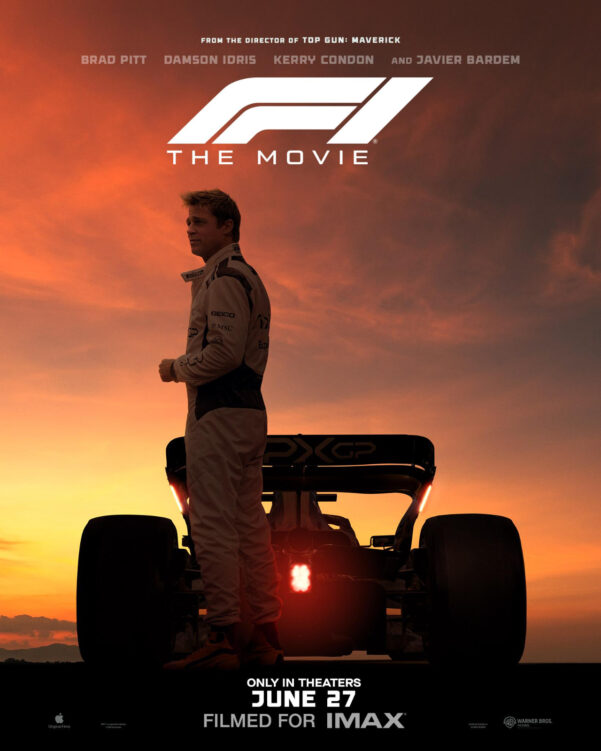

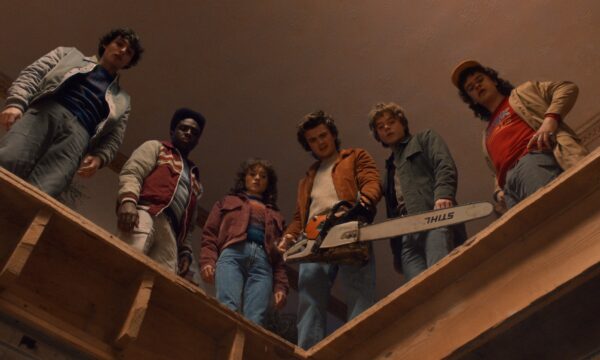
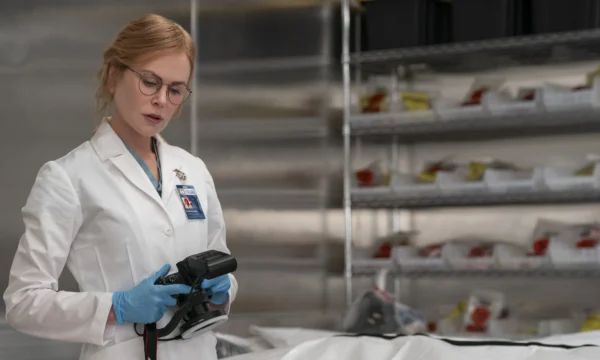
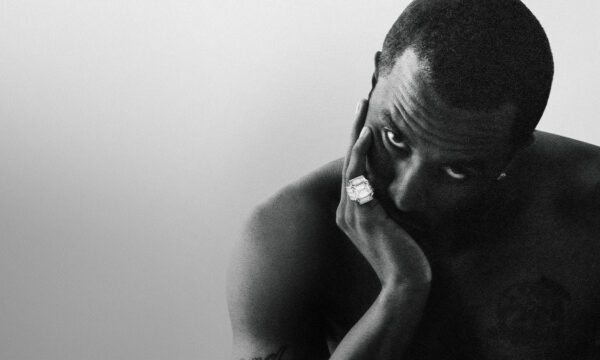
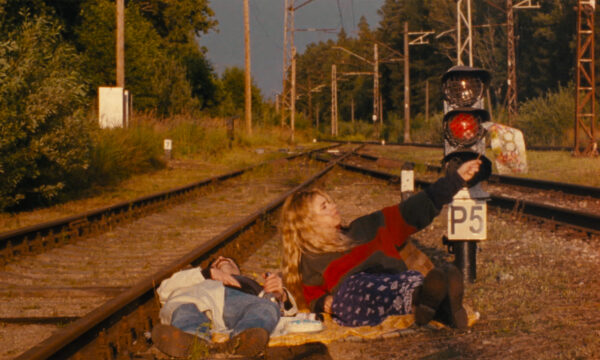
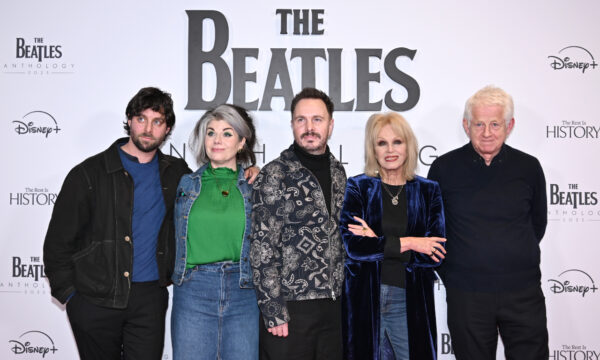

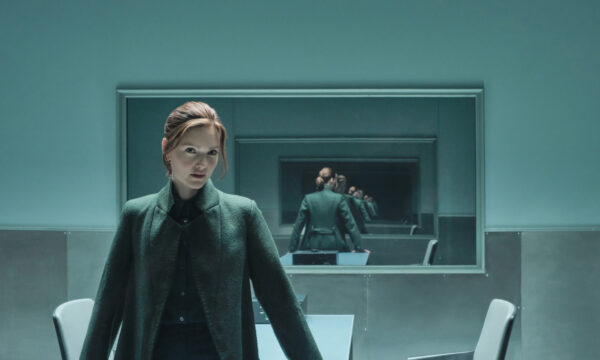

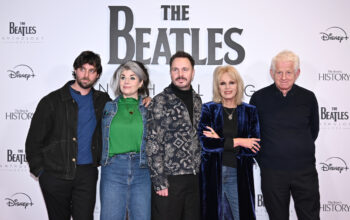
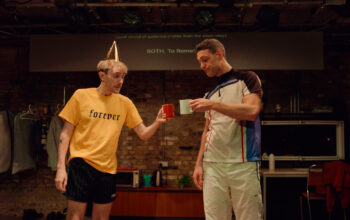
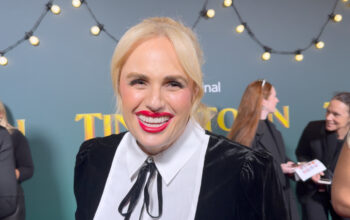

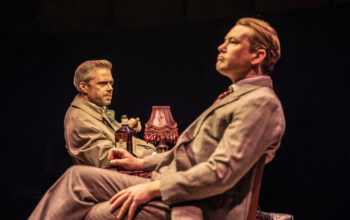








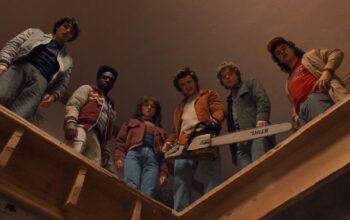
Facebook
Twitter
Instagram
YouTube
RSS